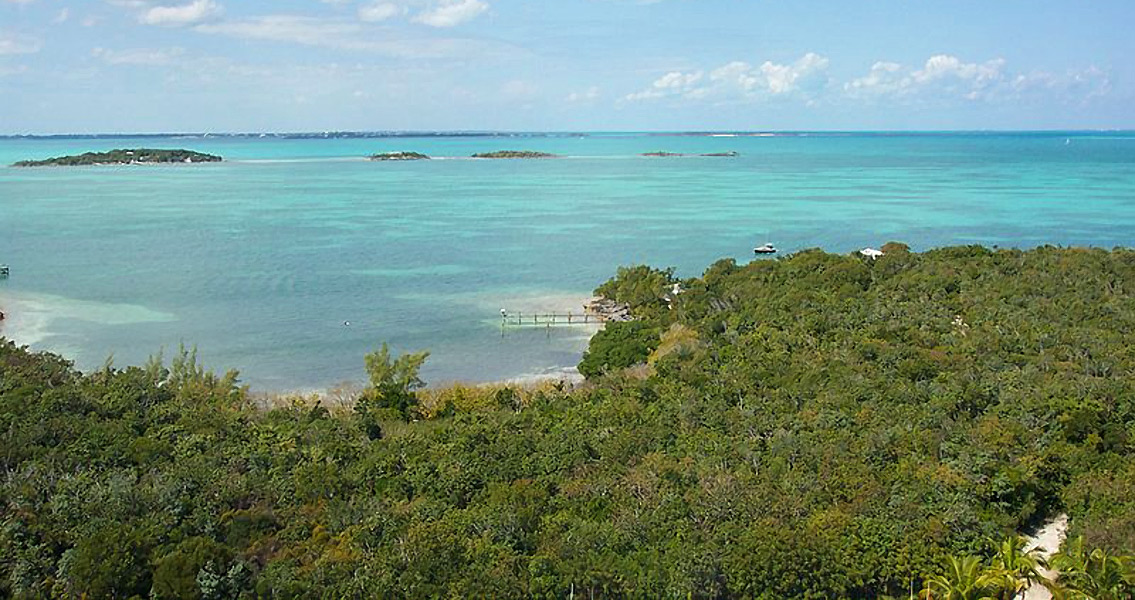<![CDATA[A new study from the University of Florida has suggested that human presence, and not just human-driven climate change, can have a drastic effect on biodiversity, at least on islands. In a press release, the authors of the study, ornithology curator Dave Steadman and master’s student Hayley Singleton, explain that a lot of species that lived on Great Abaco island in the Bahamas managed to survive, albeit in some cases barely, until the first humans set foot there, and then apparently succumbed to the effects of this new presence. The study involved analysis of fossils belonging to almost 100 different species. Of these, 39 are now extinct. Some 17 avian species are believed to have fallen victim to climate change at the end of the last Ice Age, around 10,000 years ago, when temperatures quickly went up and the sea level rose considerably. However, another 22 species, including reptiles, birds, and mammals, managed to adapt to this new environment only to die out after man discovered the island, which happened around a millennium ago. Steadman says, ““What we see today is just a small snapshot of how species have existed for millions of years. The species that existed on Abaco up until people arrived were survivors. They withstood a variety of environmental changes, but some could not adapt quickly or drastically enough to what happened when people showed up.” He added that the results of the study pose the question of what mechanisms drove these two different kinds of extinction. Perhaps the species that survived the climatic changes were simply not quick enough to adapt to human presence. The study found evidence suggesting that human activities such as hunting and causing wildfires may have been among the factors contributing to the decline in biodiversity. Perhaps there was another reason, which Steadman and his colleagues, among them plant ecologist Janet Franklin from the Arizona State University, will try to find when they next go to Great Abaco to study more fossils from caves on the island. With regard to the environmental mechanism that drove the extinction of some species, Steadman said in the press release that the combination of rising seas and temperatures, and the consequent change in the animals’ habitats, may have decimated their numbers to an extent that would have made them non-viable genetically and reduced them to inbreeding until they died out. Further work will look into the genetic differences between the species that died out and the ones that survived and adapted to human presence, that is, the question to be answered is whether there is a genetic basis for adaptability, Steadman says. Commenting on the findings, the other author of the study; Hayley Singleton, said they showed how quickly human presence could alter the habitats of other species and how it combined with climatic factors to drive some species to extinction. Steadman added that the results of their work could help predict what existing animal species may in the future bear the brunt of this human-climate effect on environment. Image courtesy of Wikimedia Commons user: Chip Gallent ]]>
Humans Change Habitats More Quickly Than Thought
